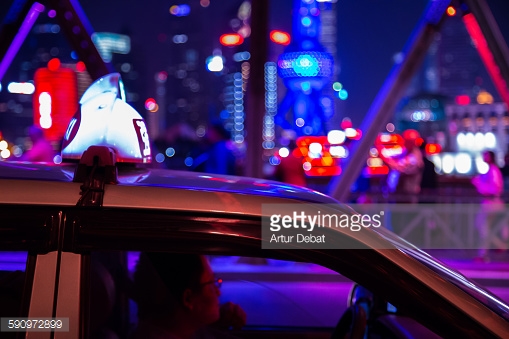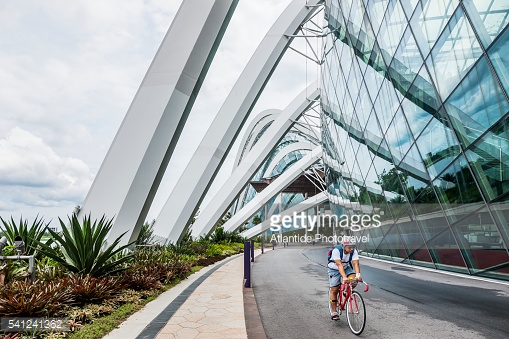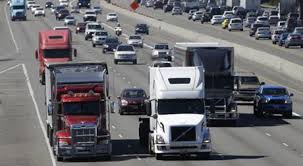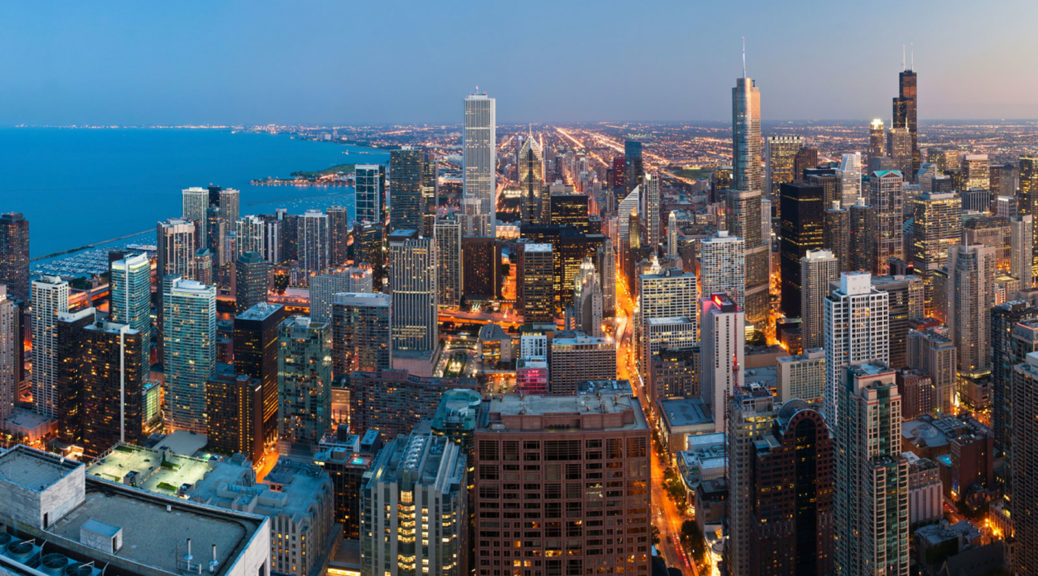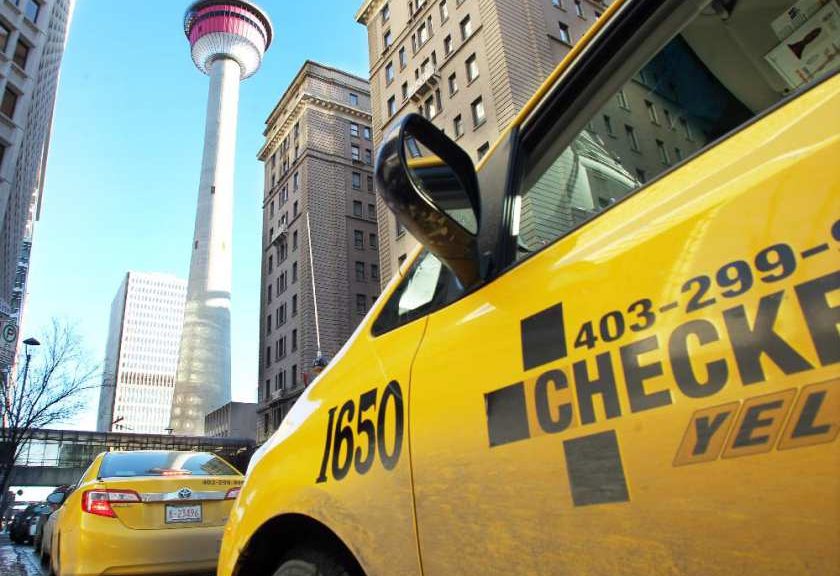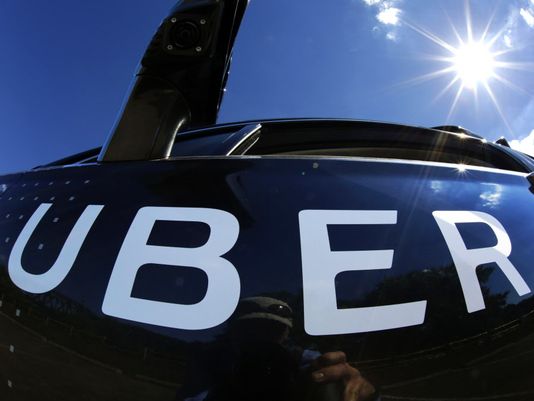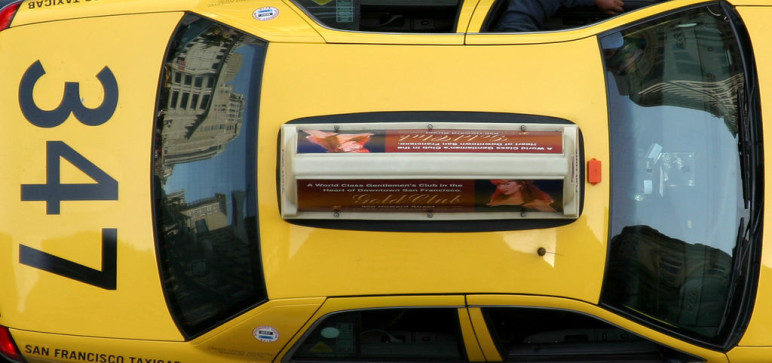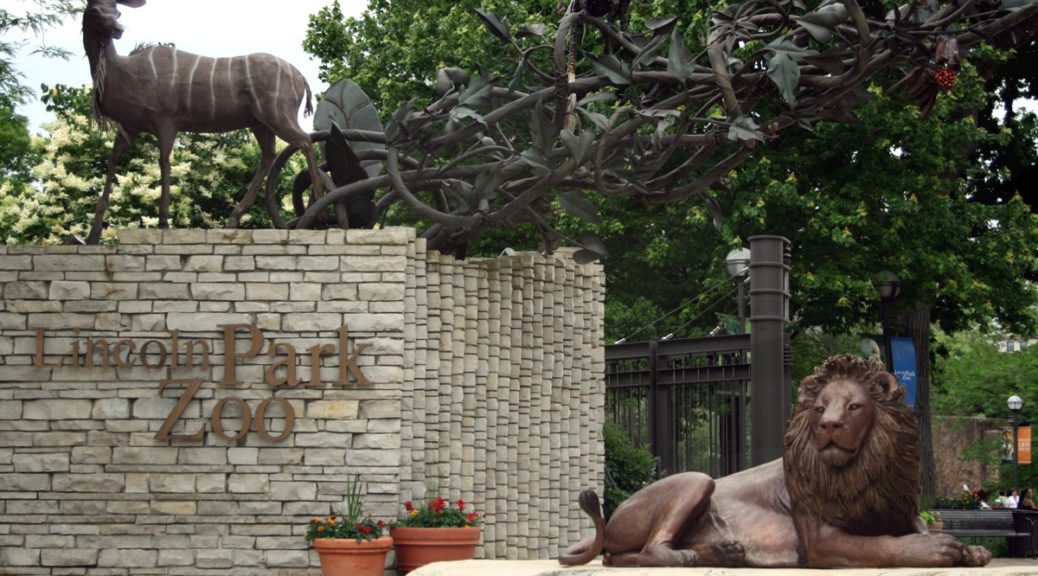Sometimes seeking a commonsense response from government can be as satisfying as waiting for a taxi in the rain. So we’re hopeful that negotiations involving Uber, taxi drivers and Chicago’s City Hall end up in the correct spot: in favor of competition, not stifling regulation.
For weeks, the City Council has been moving toward an ordinance that would slap Uber and other app-based ride firms with many of the same rules that apply to licensed cabs. That would include requiring ride-share drivers to spend hundreds of dollars on chauffeur classes and other fees, be fingerprinted, get a drug test and a physical. As of Monday, all sides were working on a compromise that could strip away the worst of the requirements before a scheduled vote Wednesday.
There is no public outcry in favor of tightening restrictions on Uber drivers. Chicagoans have come to appreciate using their smartphones to hail a ride as an alternative to taxis. A lot of part-time workers, from college students to soccer moms, benefit from turning their vehicles into income-generators.
The constituency in Chicago that wants to squash Uber is the entrenched and highly regulated taxi industry, which is losing customers to the upstarts. The cab companies’ allies in the City Council have been pushing for a crackdown. It’s about “consumer protection,” said Ald. Anthony Beale, who’s leading the charge. Well, it is about “protection.” But not for consumers — for cabbies and their bosses.
Technology plays a role in building the new and tearing down the old. Ride-hailing companies, which use a smartphone app to connect people needing a ride and car owners willing to provide a lift, are an extraordinary example. Uber was founded in San Francisco in 2009. Last time we looked it was worth $68 billion.
The system works because passengers are confident Uber drivers will get them where they want to go. The company does basic background checks and car inspections. The smartphone app identifies the driver by name and tracks the ride in progress. At the end of each ride, drivers and passengers rate each other, providing another form of safety check. Payment is done automatically via credit card.
Some customers may not be comfortable with ride-sharing, which is why taxis need to exist too. There’s nothing as easy as stepping onto the street and immediately seeing a cab to hail. Uber rides are often cheaper than taxis, but can also be much higher because the company can adjust pricing to match demand. Taxi rates are set by the city. On the other hand, Uber drivers serve neighborhoods on the West and South sides where it’s hard to find a taxi, even though cabs are required to serve those communities.
This tension between the two sides is intense. The taxi industry wants Uber and the others to follow all the same rules, since they are providing the same basic service. But Uber’s business model is based on the fact that drivers generally are part-timers who decide when to look for fares. Someone wanting to try out the business or drive for 10 hours every other week won’t jump through the hoops required to get a taxi driver license. Uber and Lyft suspended service in Austin, Texas, in protest of more regulations. Other competitors have stepped in there, but the results aren’t clear.
Chicago’s cabbies have a legitimate beef. Under the old regulated system, investors paid big bucks for a strictly limited number of taxi medallions. Can you say, monopoly? Drivers got licensed because they expected busy shifts. Now business is terrible. The industry is suing the city, arguing that ride-share firms have an unfair advantage. Beale, whose heavy-handed version of the ordinance passed the Transportation Committee on Friday, says his aim is to level the playing field. His plan, though, would have made things equally bad for both taxis and Uber.
The goal for aldermen should be to help both thrive, because that’s what’s best for consumers.
Taxis need to do a better job of competing — Uber already has forced taxis to raise their game, but there’s still room for improvement — but they do need some help. Instead of imposing new rules on the apps firms, the city should look for ways to reduce regulations on taxis. The answer to a competitive problem is not for government to heap rules on a new industry. It never is.
